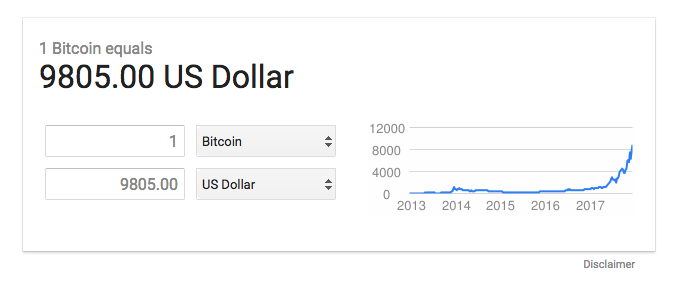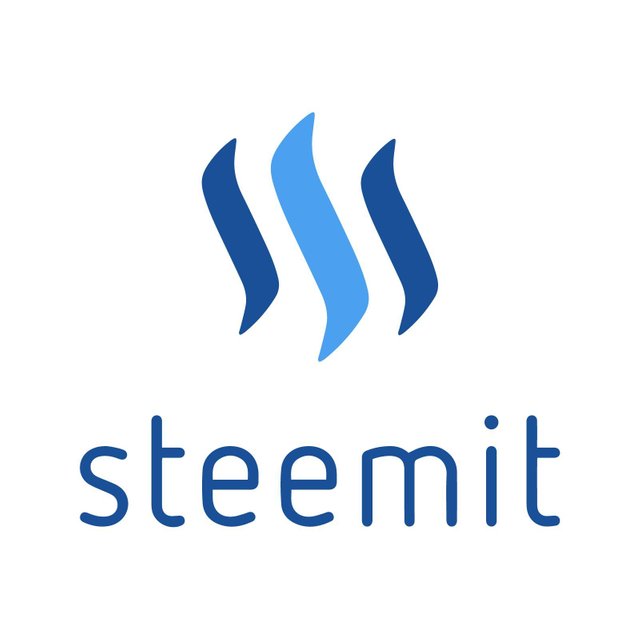Blockchain, Cryptocurrency, and Steemit: An Introduction for Beginners
Blockchain, Cryptocurrency, and Steemit: An Introduction for Beginners
by Forrest Rice
This blog post seeks to clarify these three different concepts and their basic relationships to each other:
-Blockchain Technology
-Cryptocurrency
-The Steemit Platform
Through this clarification, hopefully you will be better able to navigate the emergent crypto-economy in general, and Steemit in particular.
Blockchain Technology

(Image by Alan Chia - License: https://creativecommons.org/licenses/by-sa/2.0/legalcode)
A blockchain is a type of database. What distinguishes it from most types of databases lies primarily in its extraordinarily transparent nature. This is due to two primary factors:
- It is decentralized
- It is (virtually) impervious to hacking and tampering
'Block' refers to a computer code containing a form of information. 'Chain' refers to a cryptographic link between blocks (i.e. bearing a unique digital signature).
The decentralized nature of the blockchain consists in the database being hosted by multiple computers simultaneously so that no central authority solely oversees or edits the information. Because of this, any unauthorized change made to the database can easily be detected and verified by any observers involved (for an intuitive example of how this is done, click on this link: https://blockchain.info/).
Since the database is under no central control, it disallows the possibility of a central authority to fudge or outright manufacture data. As well, it makes it virtually impervious to hacking (and thus corruption of data) because all of the hosting computers would have to be hacked simultaneously in order for this to be realized.
Cryptocurrency

(Image of Hashcoin Mine by Alexandr Gromov - License https://creativecommons.org/licenses/by-sa/4.0/legalcode)
'Cryptocurrency' refers to a digitally existent entity that is exchanged on a peer-to-peer network and recorded onto a block chain. Cryptocurrencies are "mined" (released or created) in various different ways. Like a conventional currency, they act as a medium of exchange between parties for goods, services, currencies, or other cryptocurrencies. If there is an increase in the demand rate for a particular cryptocurrency, this causes an increase in its exchange rate, and thus an increase in its value. Bitcoin in particular has enjoyed a meteoric rise.
(Bitcoin's value measured against the dollar as of the writing of this article:)
The Steemit Platform
Steemit, as it stands now in its beta stage (December 1, 2017), is a hybrid social media and blogging website which saves all of its content, comprised of posts and comments, onto a block chain. 'Steem' refers to a particular type of cryptocurrency which is created, without any cap, each day by the network (it is "mined" by creating and upvoting content). It is then distributed to users of Steemit for perceived value of content creation.
Theses are the primary features available to users:
-Create a post (or "blog")
-Create a comment
-Upvote a post or comment
When posting a blog, text boxes for the title, body, and tags (for search keywords and categorization) appear. In the body you can write or post whatever you want (be warned: though you can edit your material ostensively, once something is placed onto the blockchain, it stays on the blockchain -- so think twice before hitting that post button!) You can also set your rewards ratio for your post between Steem and Steem Power.
(As a side note, you would do well not to post copyrighted (without legal and proper attribution, at least), plagiarized, or otherwise illegal content onto the block chain if you wish to survive Steemit in the long run (for just one example of why this is unwise, imagine that you post copyrighted material and your post goes viral -- you might face a serious intellectual property lawsuit as a result). Plagiarism can easily be found out and you will likely be flagged eventually.)
Over the course of seven days, any posts or comments created by a user can be upvoted by other users. At the end of the content's seven day run, posts and comments that are seen by the community as having the most value (quantified in upvotes) are distributed by the network's reward pool with newly created Steem. Rewards are divided to users in terms of curation (comments) and authorship (posts).
The three currencies on the platform are:
-Steem
-Steem Power
-Steem Dollars
Steem is the most liquid of the three. It can be exchanged for other cryptocurrencies, such as Bitcoin, which can then be exchanged for physical currencies, such as the United States dollar. Steem Power gives you more influence in terms of upvoting power, and also serves as a kind of long-term stake in the Steem economy (i.e. the more Steem Power you hold, the more likely you are to get newly created tokens). Steem Dollars can collect an annual percentage rate and are less volatile that Steem (it's pegged closely to the value of the United States dollar), and thus a more conservative option than Steem for storing your earnings.
And that's it! You now have a clear, basic concept for what a blockchain, cryptocurrency, and the Steemit Platform are.

